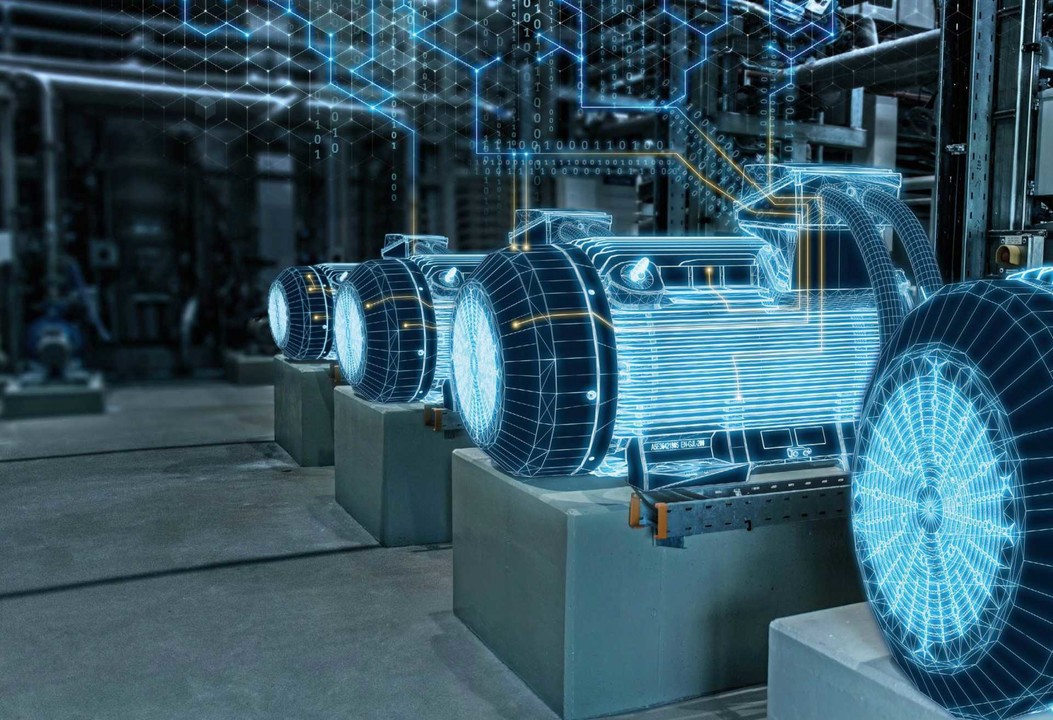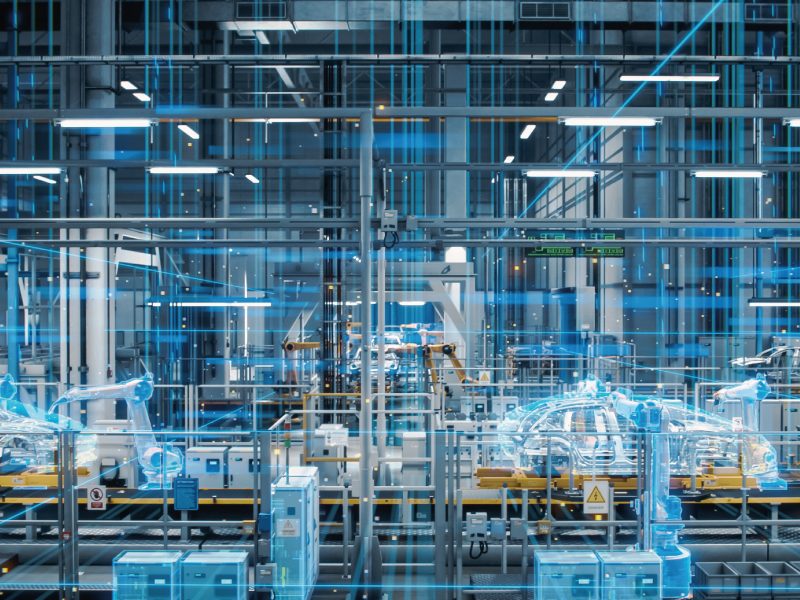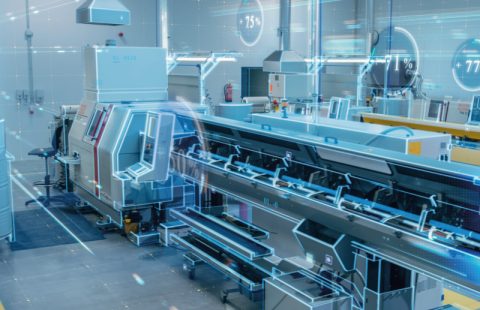
Top Myths Surrounding Predictive Maintenance
The machinery and other equipment at factories work at maximum throughput, and that puts the maintenance departments under constant pressure to ensure that the situation continues to remain the same. The difficulty is that motors and bearings used at greater speeds and duty cycles than they are designed to operate have a higher risk of early failure and unplanned downtime than those not. As a result, many companies simply increase the scope of their preventative maintenance initiatives – but that’s not the right approach.
The inadequacies of traditional maintenance approaches have prepared the path for predictive maintenance to become more widely available and acceptable. Unfortunately, a number of myths have developed around them. So, here are top 10 baseless misconceptions surrounding predictive maintenance.
- The Expensive Myth
In the past, equipment maintenance was a costly endeavor that necessitated an ongoing expenditure for each individual assessment. In some industries, more staffing may be required. In the long run, the cost of predictive maintenance is much cheaper than the cost of other types of maintenance.
- The Absolute Need For Data Management Expert Myth
Advanced predictive maintenance systems, in contrast to conventional ones, do not have tablets that are dependent on the user. Automated diagnostics systems have been made possible by machine learning, which removes the need for experts to analyze raw data. It’s thus not necessary to be an expert in predictive maintenance to make sense of this data. As a result of the system’s real-time monitoring of your equipment, you’ll be able to decrease downtime.

- The Difficulty in Implementation Myth
Recent breakthroughs in artificial intelligence (AI) have made the deployment of predictive maintenance in the industrial setting a straightforward undertaking. Many smartphone-enabled technologies make it possible to monitor industrial systems on a continual basis. Your ground-level crew will have an easier time collecting vibration data thanks to the easy UI and straightforward operation.
- The Myth of Predictive Maintenance Is Only Good For Expensive Equipment
PdM systems are now accessible at reasonable prices. Every piece of equipment, regardless of its price, performs a purpose. Because all industrial equipment is expected to experience technical difficulties at some time in its life cycle, preventative maintenance actions are recommended. Despite the fact that traditional maintenance methods appear to be a realistic option for the more affordable equipment, they end up costing more in the long run.
- If The Equipment Is Under Warranty, Predictive Maintenance Is Not Needed
In certain circumstances, you’ll be able to use this equipment for more than 20 years. Make sure that it’s running at full capacity right from the start. New equipment might have minor bearing wear or misalignment that increases the machine’s workload, which in turn increases your energy costs over time. In many circumstances, being able to monitor the health of your system in real-time helps you to guarantee that problems are addressed while it is still under warranty.
- The Unreliable Predictive Technology Myth
Since the turn of the century, technological advancement has been enormous, and electronic sensors are now capable of virtually anything. These are more delicate than the human body and can detect faults in your gear months or even years before they occur. Moreover, HAC based on the Internet of Things is another very dependable development that may help you decrease unanticipated breakdowns.
- The Myth of Easy Going Preventive Maintenance
When performing preventative maintenance, you must respond to emergency calls and solve problems in the equipment as soon as they begin to influence the machine’s operation. As a result, the emergency scheduling is negatively impacted, which needs to be avoided. Predictive analysis enables you to use predictive modeling to take advantage of asset-performance management strategies and plan system maintenance in advance.
- Do It Once A Year Myth
Annual benchmark tests and infrequent data gathering will not be enough to meet the needs of the organization. If you want to get the most out of predictive maintenance, you must accept the fact that it is a frequent occurrence in your business. Regular evaluation of the condition of your equipment will keep you fully informed so that you can make more educated strategic decisions.

- If A System Has A Built-In Redundancy, Predictive Maintenance is Not Feasible
Predictive maintenance can save you up to 30% on your annual maintenance expenses! As well as saving money, the use of intuitive portable devices and continuous monitoring systems increases the system’s efficiency. Consequently, predictive analysis is an excellent option regardless of whether your system is designed with redundancy.
- The Myth That Only Collecting Data Is Predictive Maintenance
Taking readings from your equipment is only a small part of predictive maintenance. Predictive maintenance should be achieved with the use of an online dashboard analysis system. That way, you’ll be able to make educated judgments based on all the available information.
Productivity and uptime can both be increased significantly with predictive maintenance. On the other hand, companies are sometimes hesitant to make the changeover because of misunderstandings and myths revolving around predictive maintenance. By utilizing the most up-to-date generation of condition-monitoring technology, businesses can simply and affordably monitor assets throughout their facilities, therefore avoiding downtime and expensive repairs.





